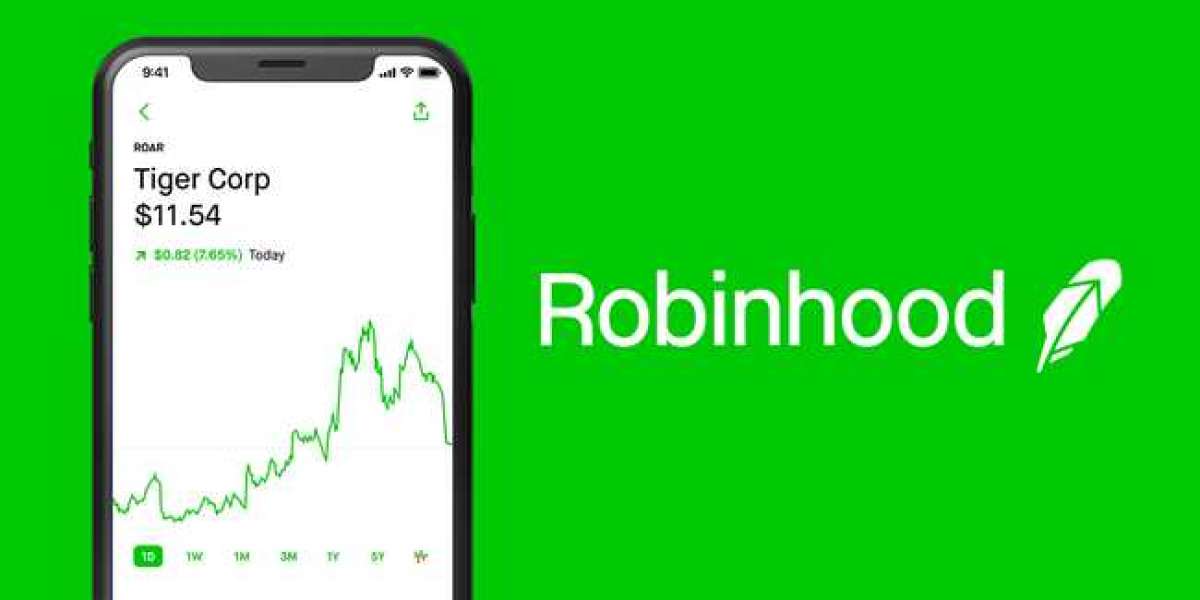According to a new report by Grand View Research, Inc., the veterinary medicine market in India is projected to reach a value of USD 3.55 billion by 2030, expanding at a compound annual growth rate (CAGR) of 10.3% during the forecast period. This substantial growth is being fueled by several critical factors, including the introduction of new veterinary products, a rise in outbreaks of animal diseases, increasing demand for animal protein, and greater awareness of the importance of animal healthcare across the country.
Additional drivers contributing to the market's expansion include advancements in veterinary medical research, regulatory support, and proactive government initiatives aimed at strengthening animal health infrastructure. A notable example of such support occurred in August 2023, when the G20 Pandemic Fund approved a USD 25 million proposal from India. The purpose of this funding is to enhance animal health security, which is crucial for effective pandemic preparedness and response, acknowledging the role of animal-borne diseases in global health risks.
Veterinary medicines are vital not only for preventing and treating diseases in animals, but also for ensuring the health of livestock, which in turn supports the production of safe animal-derived food products. However, the sector still faces challenges, particularly due to low biosecurity measures and traditional animal husbandry practices that increase the risk of zoonotic disease transmission — the spread of diseases from animals to humans through direct contact.
The market is characterized by intense competition, with both small-scale and large pharmaceutical enterprises actively participating. These companies offer a diverse portfolio of veterinary medications tailored for different animal species and market segments, including companion animals, livestock, and poultry.
A significant development in the sector occurred in September 2023, when Boehringer Ingelheim India entered into a memorandum of understanding (MoU) with the Pet Practitioners Association of Mumbai (PPAM). This partnership aims to address rabies control in the Greater Mumbai region. As part of the initiative, Boehringer Ingelheim India pledged to donate 30,000 doses of its anti-rabies vaccine, Rabisin—a vaccine made from inactivated and adjuvanted rabies glycoproteins. Additionally, the company launched a month-long public awareness campaign in collaboration with PPAM. The campaign focused on educating schoolchildren and communities about rabies prevention and fostering a deeper understanding of the human-animal bond.
Get a preview of the latest developments in the India Veterinary Medicine Market? Download your FREE sample PDF copy today and explore key data and trends.
India Veterinary Medicine Market: Frequently Asked Questions
1. What is the projected size of the India veterinary medicine market?
The India veterinary medicine market is anticipated to reach USD 3.55 billion by 2030, growing at a compound annual growth rate (CAGR) of 10.3% during the forecast period from 2024 to 2030.
2. What factors are driving the growth of the veterinary medicine market in India?
Key drivers include:
• New product releases in the veterinary medicine sector.
• An increase in animal illness outbreaks, necessitating effective treatments.
• Rising demand for animal protein, leading to a focus on livestock health.
• Growing awareness of the value of animal healthcare among the public.
• Advancements in veterinary medicine and regulatory support.
• Government initiatives, such as the G20 Pandemic Fund's approval of a USD 25 million proposal in August 2023 to improve animal health security for pandemic preparedness and response.
3. Which product segment leads the market?
The pharmaceuticals segment dominated the market with a revenue share of over 65% in 2023. This dominance is attributed to factors like increasing animal health expenditure, product portfolio expansion, research and development activities, and new product launches by key companies.
4. Which animal type contributes most to the market revenue?
The production animal segment accounted for the largest revenue share in 2023, driven by the increasing demand for meat, dairy, and other animal-derived products in India.
5. What is the most common route of administration for veterinary medicines?
The injectable route led with the largest revenue share in 2023. The varied benefits and availability of injectable medications are key factors driving this segment's growth.
6. What distribution channels are prevalent in the veterinary medicine market?
Key distribution channels include:
• Veterinary hospitals and clinics
• E-commerce platforms
• Offline retail stores
• Others, such as direct sales and veterinary pharmacies.
7. Who are the leading companies in the India veterinary medicine market?
• Zoetis Inc.
• Ceva Santé Animale
• Virbac
• Boehringer Ingelheim International Gmbh
• Biovet
• Sarabhai Chemicals
• Growel Agrovet
• LE Mantus Pharmaceuticals
• Vetneeds Labs
Order a free sample PDF of the India Veterinary Medicine Market Intelligence Study, published by Grand View Research.



